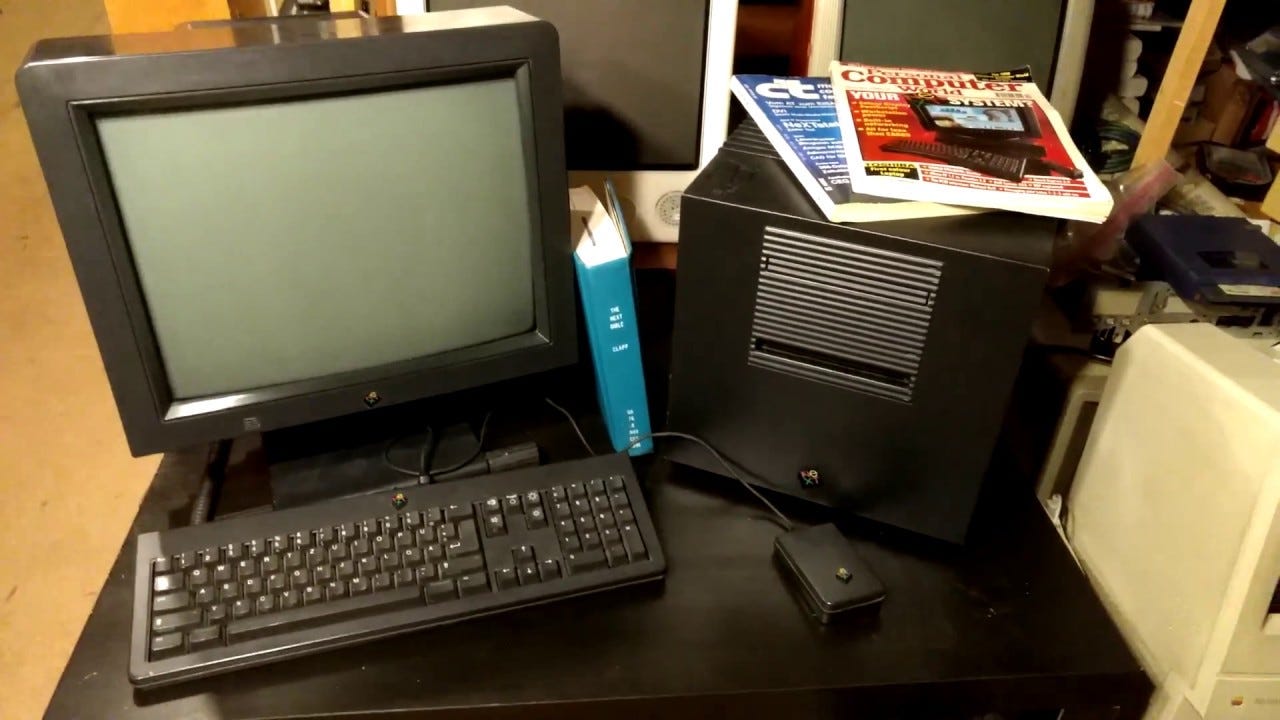NextStep: The Visionary OS, Steve Jobs’s Apple Exodus, and the GNUstep Legacy
NextStep was a pioneering operating system and development environment created by NeXT Inc., the company founded by Steve Jobs following his departure from Apple. Released in 1989, NextStep introduced technologies and design principles that would heavily influence modern computing. Its blend of advanced software features, object-oriented programming, and distinctive user interface marked it as a significant milestone in the evolution of operating systems. Over time, the NextStep lineage became the foundation of macOS and iOS after Apple’s purchase of NeXT in 1997, a move that also facilitated the return of Steve Jobs to Apple.
Steve Jobs and His Departure from Apple
Steve Jobs had co-founded Apple in 1976 alongside Steve Wozniak and Ronald Wayne. During the early 1980s, Jobs played a pivotal role in the development of the Macintosh, but internal power struggles began to emerge as the company grew. John Sculley, whom Jobs had recruited as CEO of Apple, gradually exerted more control, leading to conflicts over product direction and corporate structure. In 1985, following a boardroom dispute, Jobs left Apple.
Founding NeXT and the Creation of NextStep
After departing Apple, Jobs established NeXT Inc. in 1985. His vision was to create advanced workstations aimed primarily at the higher education and business markets. In 1988, NeXT unveiled its first computer, the NeXT Computer (often referred to as “the black cube”), which ran an early version of what would become NextStep. By 1989, NextStep 1.0 officially launched, combining a Mach-based kernel with elements derived from the UNIX BSD system, wrapped in a visually striking and highly consistent graphical user interface.
Key features of NextStep included:
• A Display PostScript-based graphical user interface, which provided crisp on-screen rendering and sophisticated printing capabilities.
• A robust development platform centered on Objective-C and the Interface Builder tool, enabling rapid, modular software creation.
• An elegant and uniform user experience, with a distinctive, minimalist aesthetic that influenced later desktop environments.
• Advanced networking and file-sharing capabilities, reflecting its UNIX underpinnings.
NextStep’s Legacy and Apple’s Acquisition of NeXT
Although NeXT’s hardware did not achieve mass-market success, NextStep’s software attracted considerable attention in academia and among enterprise customers. Notably, the first web browser and web server were developed at CERN by Tim Berners-Lee using a NeXT Computer. By the mid-1990s, Apple was struggling to modernize its own operating system and recognized the potential of NeXT’s technology.
In 1997, Apple purchased NeXT, effectively consolidating Jobs’s role back into Apple’s leadership. This acquisition formed the basis for Apple’s next-generation operating system strategy. NextStep evolved into Rhapsody, then Mac OS X (released in 2001), and eventually into today’s macOS, iOS, watchOS, and tvOS. Jobs’s return to Apple also ushered in a period of innovation that led to products such as the iMac, iPod, iPhone, and iPad.
GNUstep and Window Maker: Re-creating the NextStep Experience
Even before Apple’s official adoption of NextStep concepts, the open-source community recognized NextStep’s technical achievements and aesthetic appeal. This inspired the GNUstep project, an effort to implement the core frameworks of NextStep and OpenStep in a free software context. GNUstep provides libraries for building GUI applications in an Objective-C environment resembling the original NextStep.
A key complement to GNUstep is the Window Maker window manager, which strives to re-create the classic NextStep user interface. Window Maker’s design includes:
• A dock with dockapps, mirroring NextStep’s original Dock.
• Window decorations with a simple, rectangular style reminiscent of NeXT’s distinctive design language.
• Extensive configurability while maintaining the classic black, gray, and white color palette that NextStep popularized.
Together, GNUstep and Window Maker continue the legacy of NextStep for users who desire its look, feel, and programming paradigms on modern UNIX-like systems such as Linux, FreeBSD, and other open-source platforms.
Conclusion
NextStep’s influence can still be felt in modern computing. From the object-oriented philosophies that underpin macOS and iOS, to the minimalistic, function-driven design ethos that many desktop environments aspire to replicate, NextStep exemplifies a visionary approach to software. Steve Jobs’s journey from Apple to NeXT and back to Apple fundamentally shaped personal computing. Meanwhile, GNUstep and projects like Window Maker preserve the look, feel, and efficiency of NextStep, allowing its spirit to thrive in open-source communities around the world.
References
• Young, J. S. (1988). Steve Jobs: The Journey Is the Reward. Scott, Foresman.
• Isaacson, W. (2011). Steve Jobs. Simon & Schuster.
• GNUstep Official Site (https://www.gnustep.org)
• Window Maker Official Site (https://www.windowmaker.org)
• Apple’s History of NeXT Acquisition (https://www.apple.com/newsroom)


